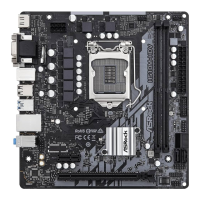
Do you have a question about the ASROCK H510M-HDV R2.0 and is the answer not in the manual?
| Processor socket | LGA 1200 (Socket H5) |
|---|---|
| Processor manufacturer | Intel |
| Compatible processor series | Intel Core i3, Intel Core i5, Intel Core i7 |
| Non-ECC | Yes |
| Memory channels | Dual-channel |
| Memory slots type | DIMM |
| Number of memory slots | 2 |
| Supported memory types | DDR4-SDRAM |
| Maximum internal memory | 64 GB |
| Supported memory clock speeds | 2133, 2400, 2666, 2800, 2933, 3200 MHz |
| Supported storage drive interfaces | SATA III |
| Parallel processing technology support | Not supported |
| USB 2.0 connectors | 1 |
| Number of SATA III connectors | 4 |
| USB 3.2 Gen 2 (3.1 Gen 2) connectors | 0 |
| USB 2.0 ports quantity | USB 2.0 ports have a data transmission speed of 480 Mbps, and are backwards compatible with USB 1.1 ports. You can connect all kinds of peripheral devices to them. |
| Wi-Fi | No |
| LAN controller | Realtek RTL8111H |
| Ethernet interface type | Gigabit Ethernet |
| Component for | PC |
| Motherboard chipset | Intel H510 |
| PC health monitoring | FAN, Temperature, Voltage |
| Audio output channels | 7.1 channels |
| Motherboard form factor | micro ATX |
| BIOS type | EFI AMI |
| ACPI version | 6.0 |
| BIOS memory size | 128 Mbit |
| System Management BIOS (SMBIOS) version | 2.7 |
| Cables included | SATA |
| Harmonized System (HS) code | 84733020 |
| Depth | 188 mm |
|---|---|
| Width | 197 mm |
Lists items included with the motherboard, such as manuals, cables, and accessories.
Details the hardware specifications of the motherboard, including CPU, memory, and expansion slots.
Identifies and labels key components and connectors on the motherboard.
Describes the rear panel connectors and their functions for external connectivity.
Provides step-by-step instructions for safely installing the CPU into the motherboard socket.
Guides users on correctly mounting the CPU cooler and fan assembly.
Explains the process of inserting DDR4 RAM modules into the motherboard slots.
Details the types and usage of PCIe slots for expansion cards like GPUs.
Explains the function and configuration of motherboard jumpers, like the CMOS clear jumper.
Identifies and describes internal headers for front panel connections and other components.
Outlines how to install necessary drivers and utilities from the support CD for optimal performance.
Describes ASRock's utility software for system monitoring and tuning.
Introduces ASRock's platform for downloading software, drivers, and BIOS updates.
Explains the purpose and navigation of the UEFI SETUP UTILITY for system configuration.
Describes the basic BIOS interface displaying essential system status information.
Explains the comprehensive BIOS interface for detailed system configuration settings.
Details the primary UEFI screen showing system overview and favorite BIOS items.
Covers settings for overclocking, including CPU, DRAM, and voltage configurations.
Provides access to detailed system configuration menus like CPU, Chipset, and Storage.
Explains various utility functions available within the UEFI, such as flashing and secure erase.
Allows users to monitor system hardware status like temperatures and fan speeds.
Details options for setting system passwords and configuring security features like Secure Boot.
Covers boot device priority, fast boot options, and CSM settings for system startup.
Explains options for saving changes, discarding them, or loading default BIOS settings.
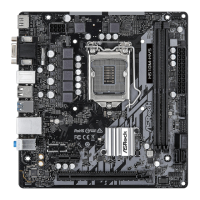

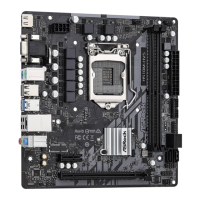


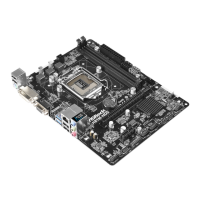
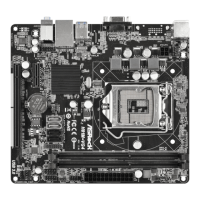
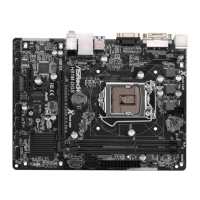
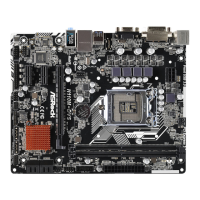
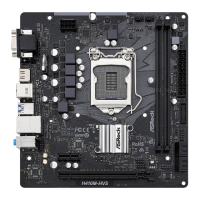
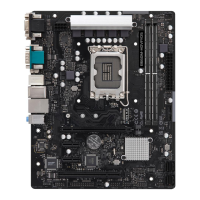
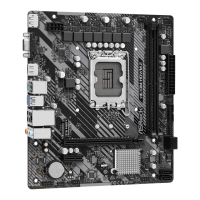
